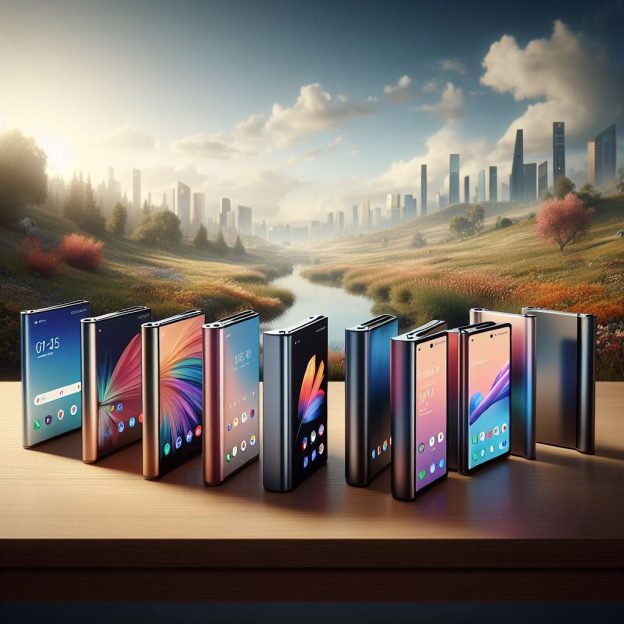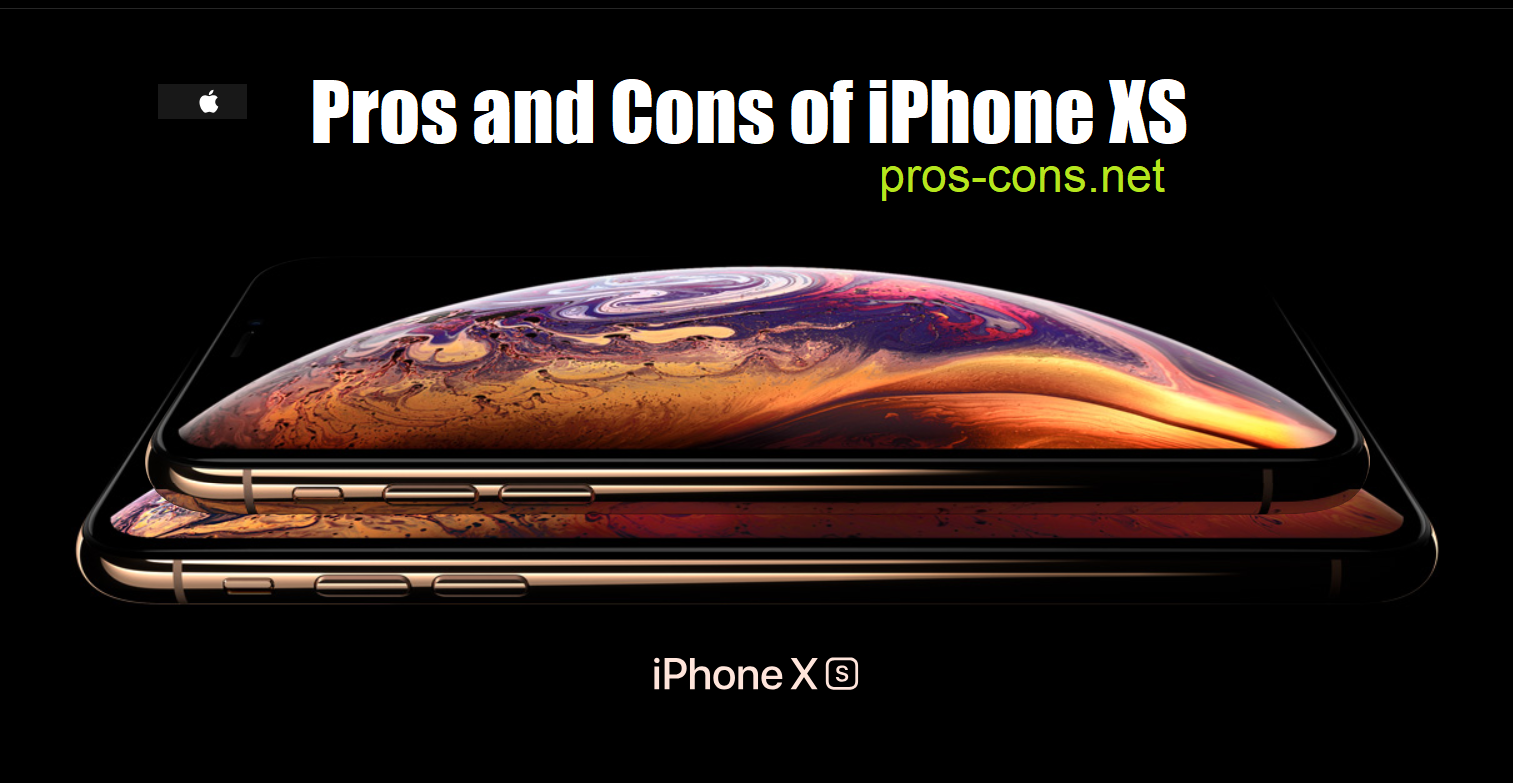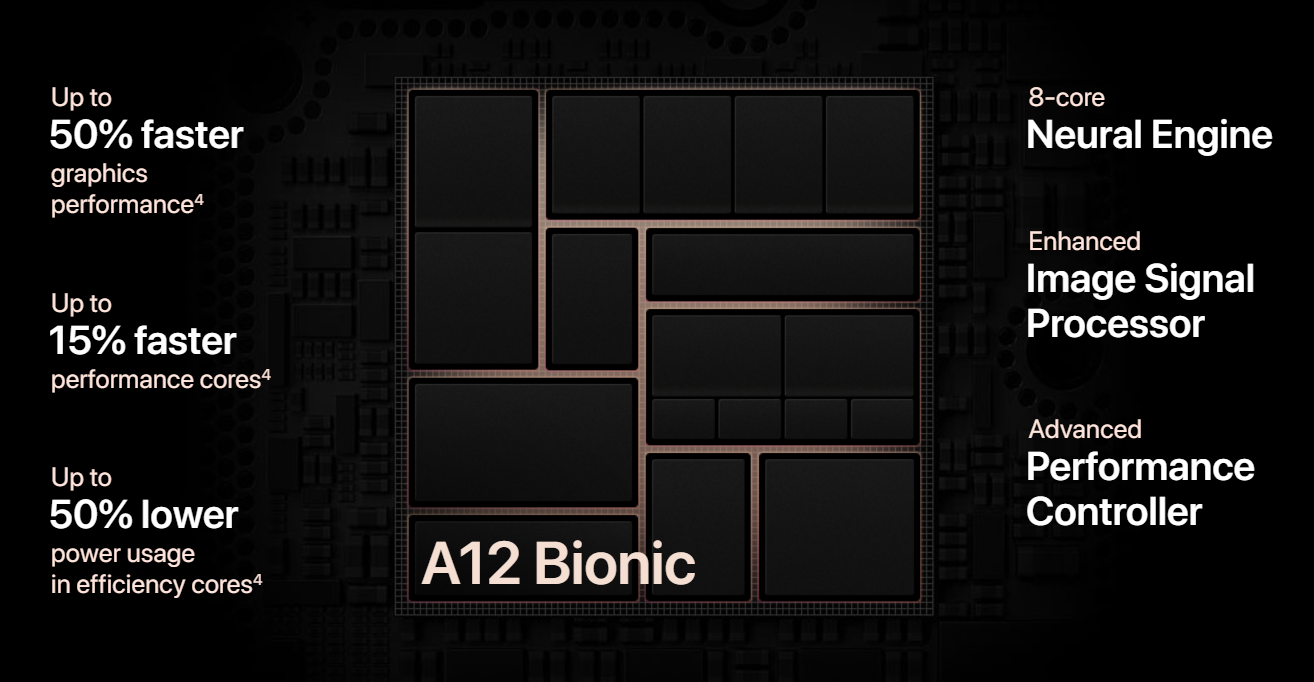An iPhone is a line of high-end smartphones developed and marketed by Apple Inc. It is one of the most popular and influential mobile devices in the world, revolutionizing the smartphone industry since the introduction of the original iPhone in 2007.
At its core, the iPhone is a touchscreen-based smartphone that runs on Apple’s proprietary iOS operating system. The iOS platform is known for its sleek, intuitive, and user-friendly interface, which has become a hallmark of the iPhone experience. The operating system is tightly integrated with Apple’s ecosystem of hardware, software, and services, providing a cohesive and seamless user experience.
One of the key aspects that sets the iPhone apart from other smartphones is its exceptional hardware design and construction. iPhones are renowned for their premium, high-quality materials, such as aluminum and glass, as well as their distinctive, minimalist aesthetic. Each new iPhone model typically introduces advancements in areas like display technology, camera capabilities, processing power, and battery life, often setting new benchmarks for the smartphone industry.
The iPhone’s camera system is another area where Apple has consistently pushed the boundaries of mobile photography. The latest iPhone models feature multiple high-resolution cameras, advanced image signal processors, and computational photography features, allowing users to capture stunning photos and videos with their smartphones.
In addition to its hardware and camera capabilities, the iPhone is also tightly integrated with Apple’s suite of software and services, such as iMessage, FaceTime, and iCloud. These integrated features provide a seamless user experience, enabling effortless communication, file sharing, and data synchronization across multiple Apple devices.
The App Store, Apple’s digital distribution platform for iOS applications, is another key component of the iPhone ecosystem. The App Store offers a vast selection of high-quality apps, ranging from productivity tools and entertainment apps to games and specialized utilities, catering to a wide variety of user needs and preferences.
Over the years, the iPhone has evolved significantly, with each new generation introducing innovative features, improved performance, and refined design. The introduction of the iPhone has not only transformed the smartphone landscape but has also had a profound impact on the broader technology industry, influencing the development and adoption of mobile computing, digital services, and the overall user experience.
What are the Pros and Cons of using an iPhone System Smartphones?
Using an iPhone smartphone comes with both advantages and disadvantages. Here are some of the key pros and cons to consider:
Pros:
Seamless Integration with Apple Ecosystem: iPhones are tightly integrated with Apple’s ecosystem of hardware, software, and services, such as iMessage, FaceTime, and iCloud, providing a cohesive user experience.
Consistent User Experience: iOS, the operating system that powers iPhones, is known for its intuitive and user-friendly interface, offering a consistent experience across all iPhone models.
Exceptional Hardware Design: iPhones are renowned for their premium, high-quality materials and distinctive, minimalist aesthetic, making them stand out in the smartphone market.
Reliable Performance: iPhones are generally known for their smooth and consistent performance, thanks to the optimization between Apple’s hardware and software.
Long-Term Software Support: Apple provides software updates and security patches for iPhones for several years, ensuring longer-term support and device longevity.
Excellent Camera Quality: The camera systems in recent iPhone models have consistently been among the best in the smartphone industry, delivering high-quality photos and videos.
You may also like to know:
Pros and Cons of using an Android System Smartphones
Pros and Cons of iOS Operating System
Pros and Cons of Nothing Phone (1)
Pros and Cons of Brave Browser
iPhone 15 Advantages and Disadvantages
Cons:
Limited Customization: Compared to Android smartphones, iPhones offer relatively fewer customization options, as Apple maintains a more controlled ecosystem.
Higher Prices: iPhones are generally more expensive than their Android counterparts, especially the flagship models, making them less accessible to some users.
Locked Ecosystem: The tight integration with Apple’s ecosystem can make it challenging for users to seamlessly switch between iOS and other platforms, such as Windows or Android.
Less Flexibility: The closed-nature of the iOS platform limits the ability to sideload apps or make deeper system-level modifications, which some users may desire.
Reduced Compatibility: iPhones may have compatibility issues with certain non-Apple peripherals or third-party software, which can be a drawback for users with a diverse set of devices.
Lack of Headphone Jack: Recent iPhone models have removed the traditional 3.5mm headphone jack, forcing users to rely on wireless or Lightning-based audio solutions.
These pros and cons illustrate the trade-offs that users must consider when choosing an iPhone as their smartphone. The decision ultimately depends on individual preferences, usage patterns, and the level of importance placed on factors like ecosystem integration, design, performance, and camera quality.










